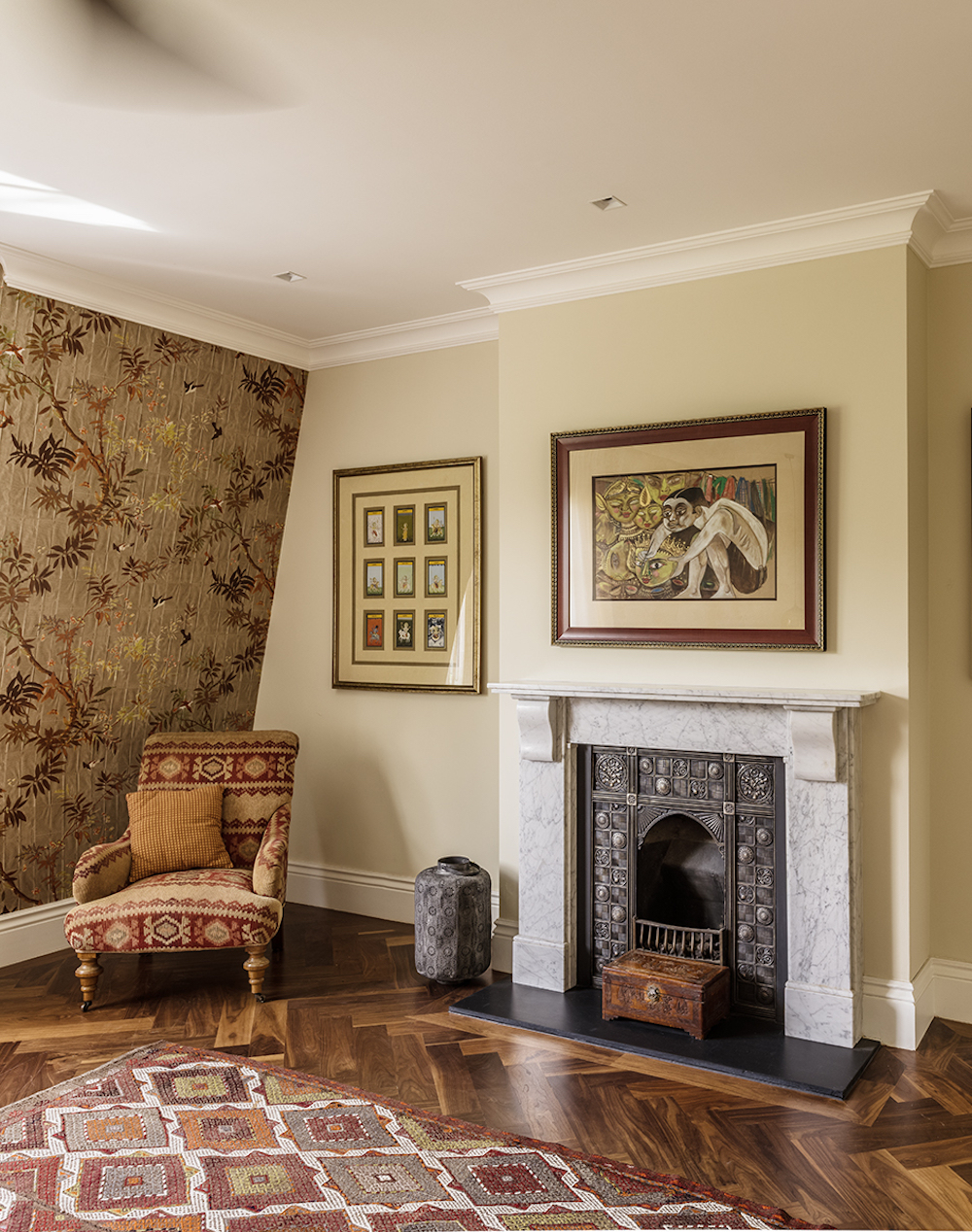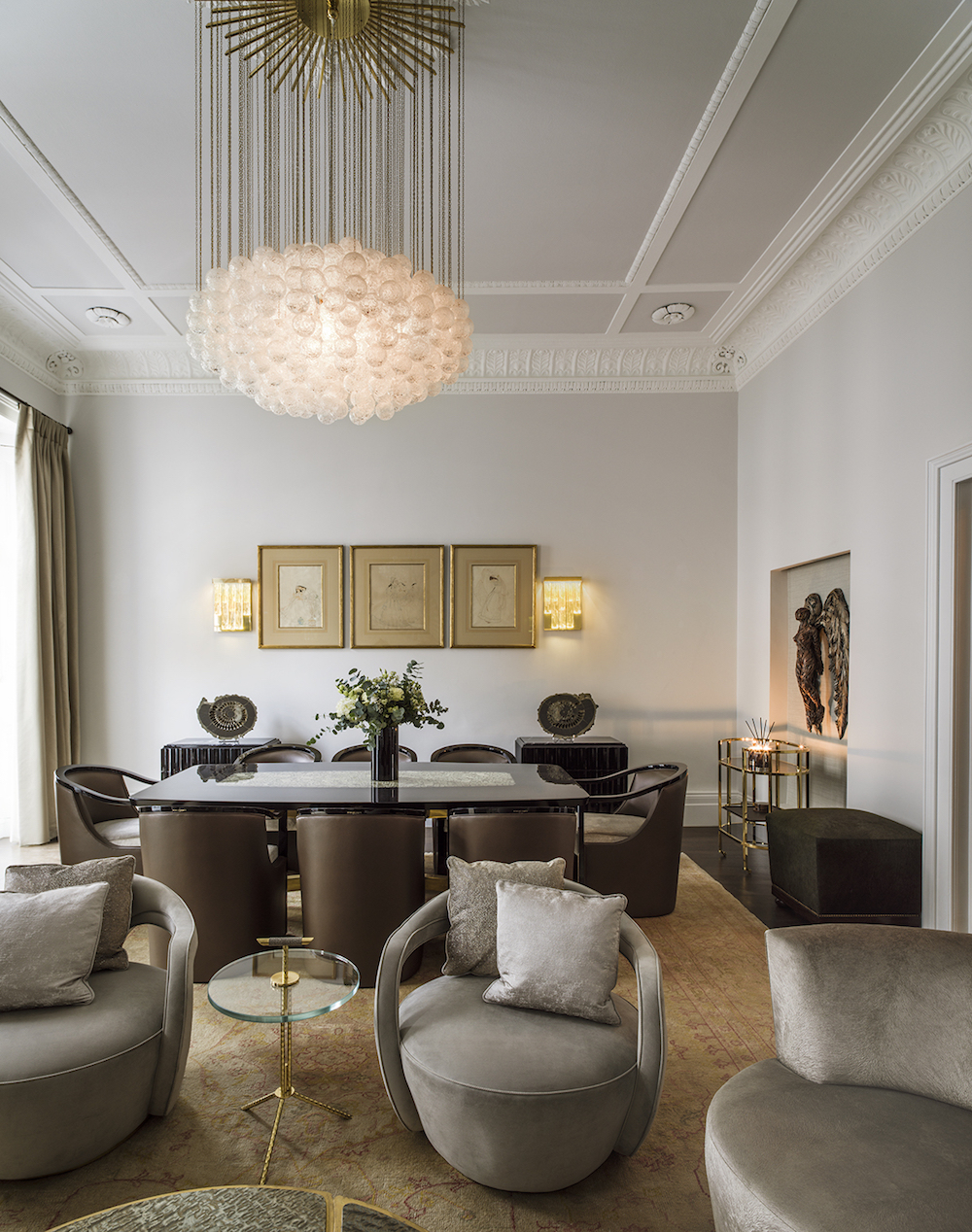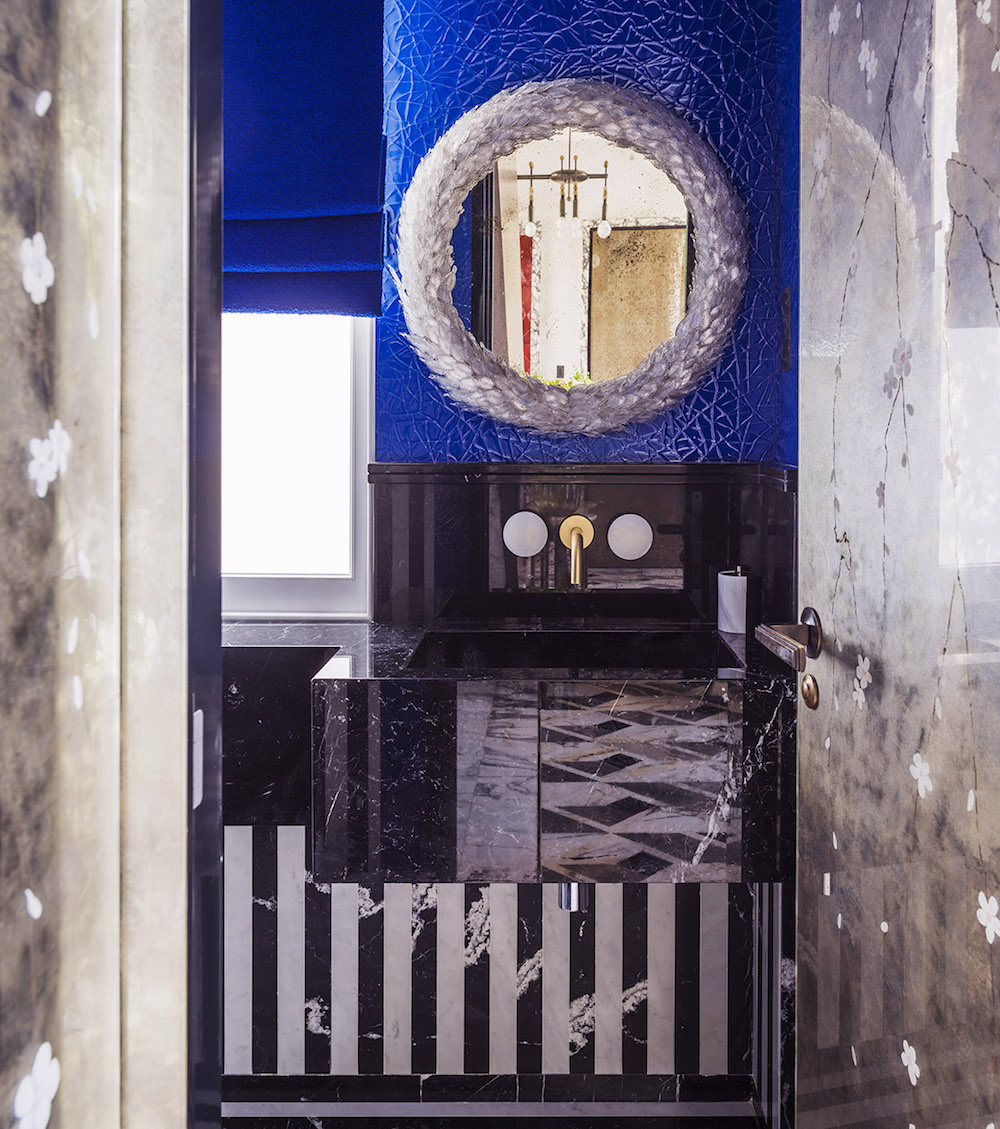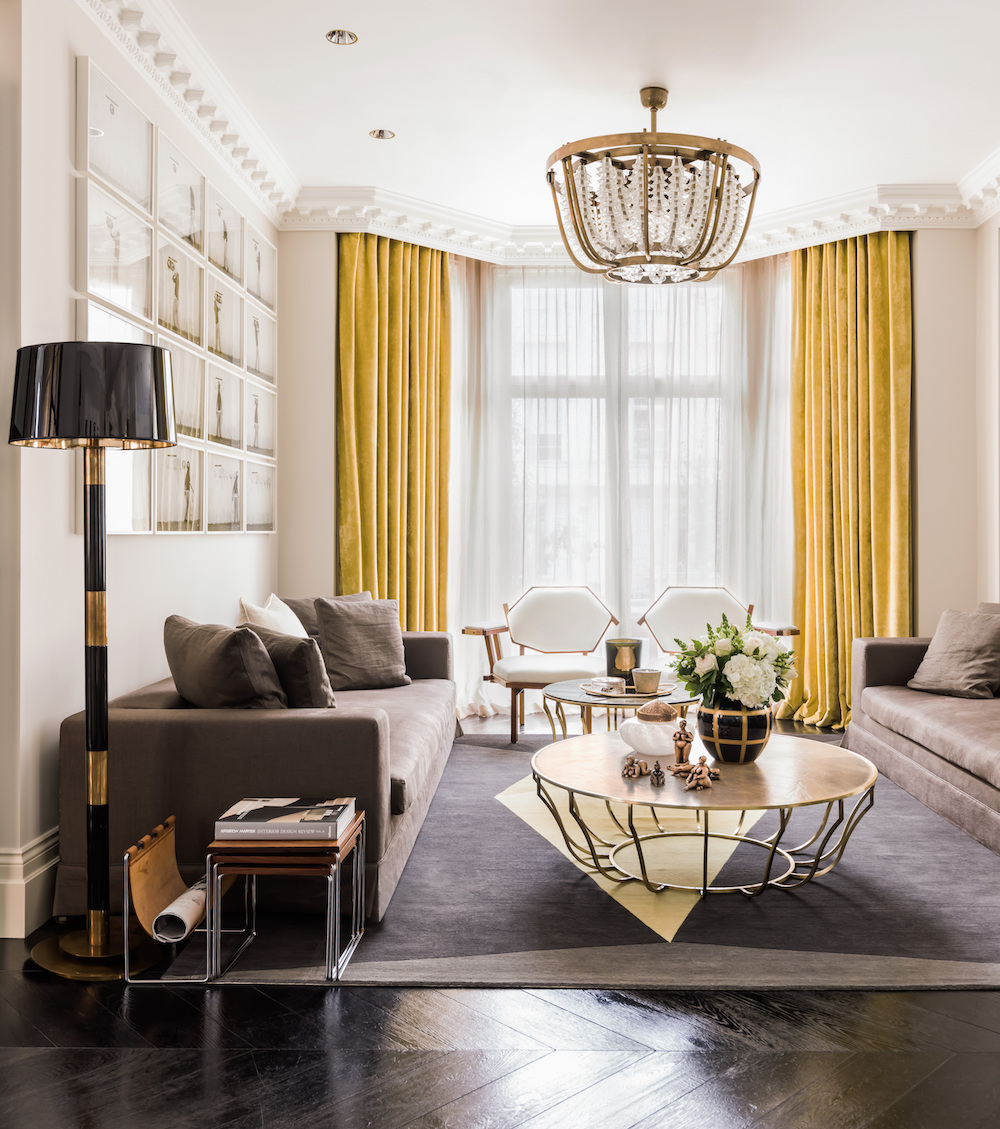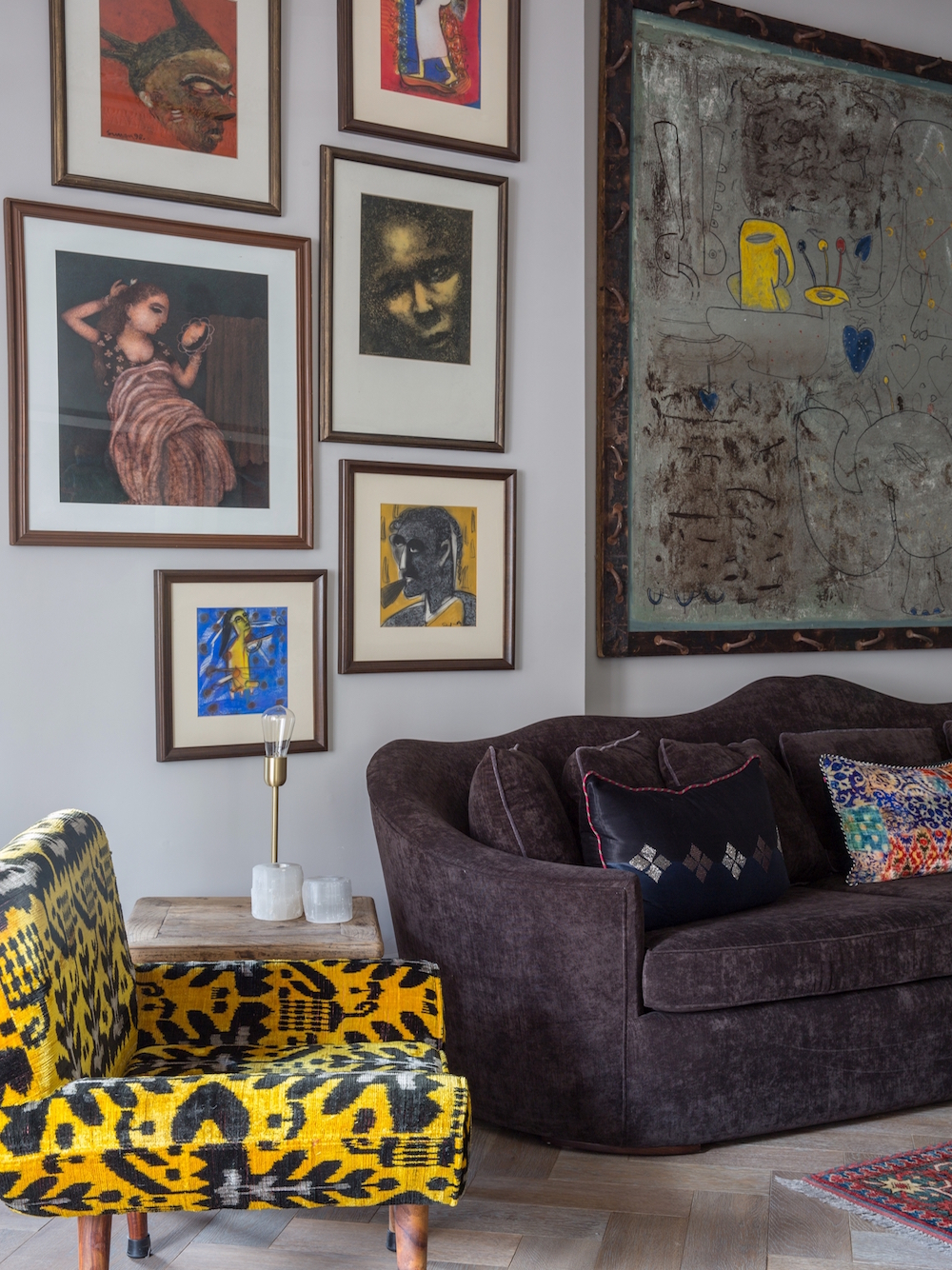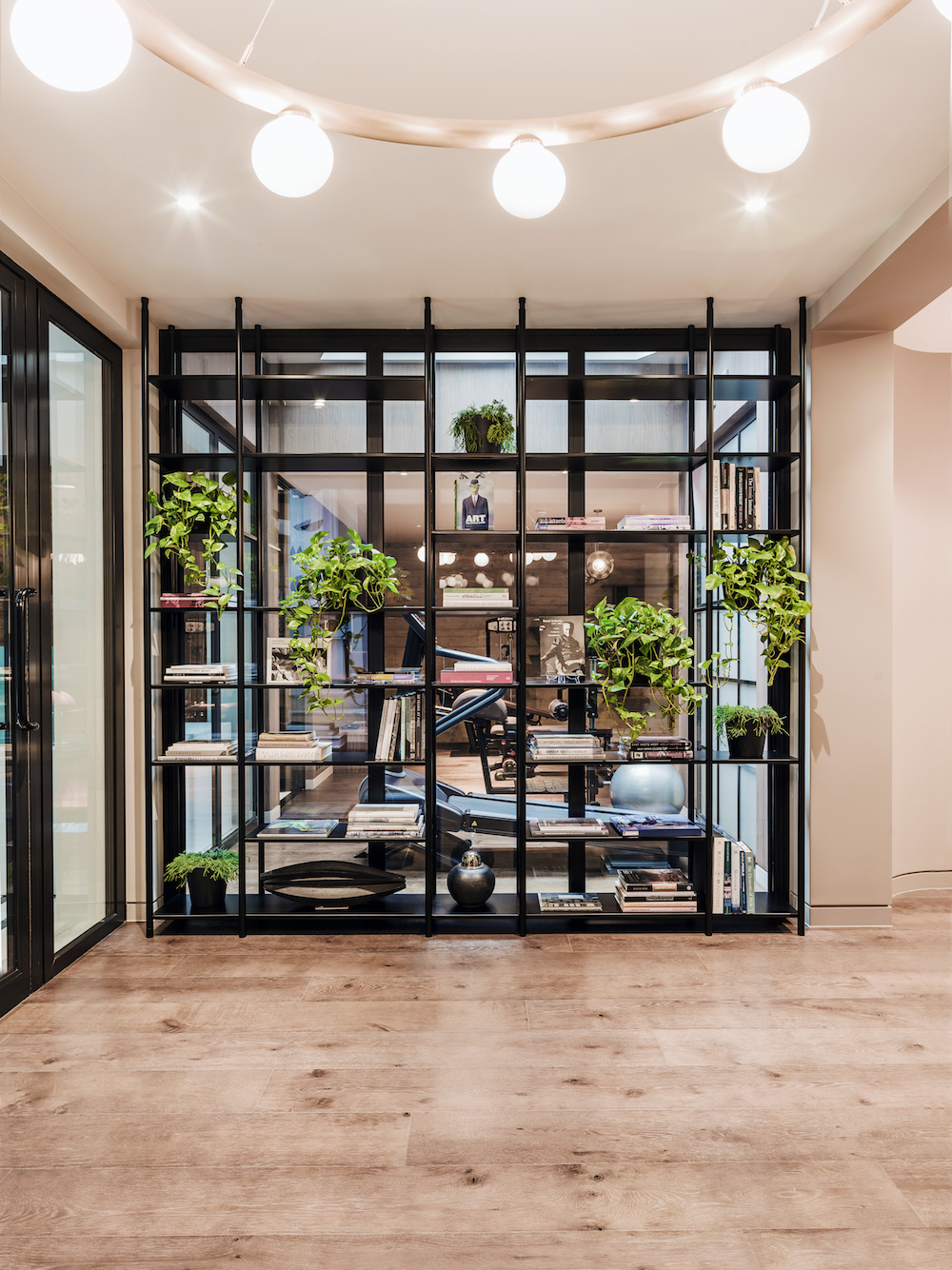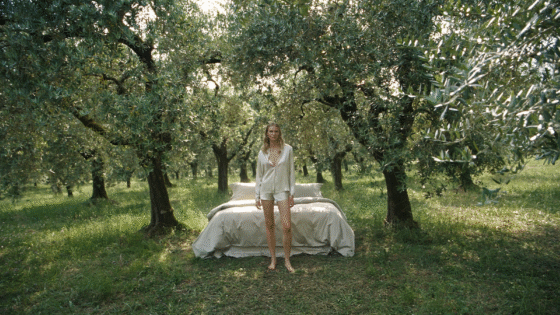Ahead of her anticipated appearance at Hotel Designs LIVE, where she will join a panel of experts to discuss surface design, we caught up with interior designer Shalini Misra in order to understand how wellness and design are working together in this new era of lifestyle, luxury and wellness…
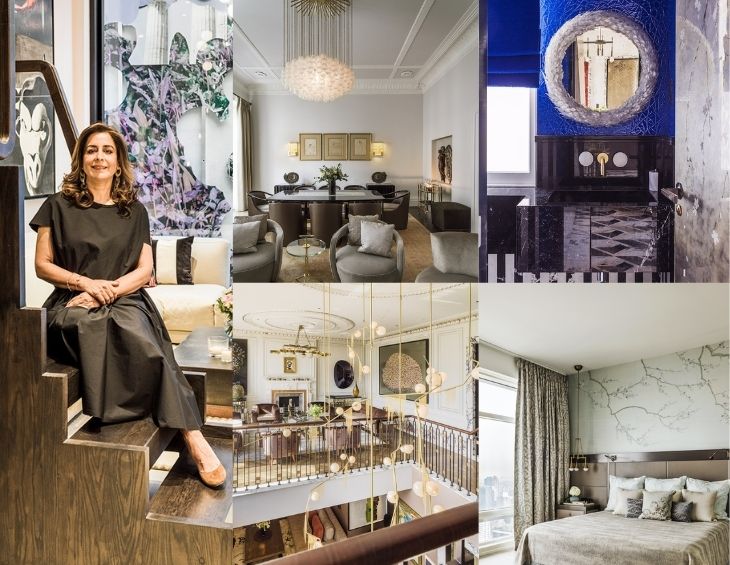
Interior designer Shalini Misra, who will be joining us on the virtual sofa at Hotel Designs LIVE in August in a panel discussion on surface design, recognises that her clients’ lifestyles are key to the design of the studio’s interiors and their wellbeing. Wellness is intrinsic to a successful and healthy lifestyle and the studio integrates it into their spaces by looking at the physical, emotional and aesthetic sides and drawing on effects for each of our senses – another topic we will explore at Hotel Designs LIVE. Wellness incorporates using sustainable natural materials, ample flow of natural light and air, intelligent use of artificial light, creating versatility in the layout to cater for social areas and pockets of privacy for personal reflection and headspace, adding value to clients’ existing pieces through upcycling, and using colour to fine-tune the mood of the spaces.
If you would like to attend Hotel Designs LIVE (free for designers, architects, hoteliers and developers, click here – booking form takes less than two minutes).
“Our surroundings affect how we feel on a daily basis and it has never been more important for us to embrace the concept of wellbeing – intrinsic, as it is, for our own happiness and ability to lead successful lifestyles in challenging times,” Misra says. “So for those of you who know us, you will not be surprised that as part of our styling process, and we place a great deal of emphasis on the idea of incorporating wellbeing into the projects we take on.”
Wellness not only relates to interiors but also to the wider environment, which the studio achieves through sourcing materials with sustainable attributes and using existing pieces such as vintage pieces.
Misra kindly shares her tips when injecting wellness in design – and which vital areas she looks at when designing her projects.
Sustainability
- Image credit: Aberdare Gardens/Shalini Misra/ Mel Yates
- Image credit: Eaton Place/Shalini Misra/Mel Yates
Sustainability and wellness in design travel together in parallel lanes. Opt for sustainable materials like linoleum, floral leather, cork for furniture and wall and floor finishes and incorporate existing pieces such as vintage items. The use of the latest technology also ensures efficient energy use in the spaces. Through computer calculations which map the sun’s movement you can decide how much cooling and heating is required for a space.
Healthy interiors
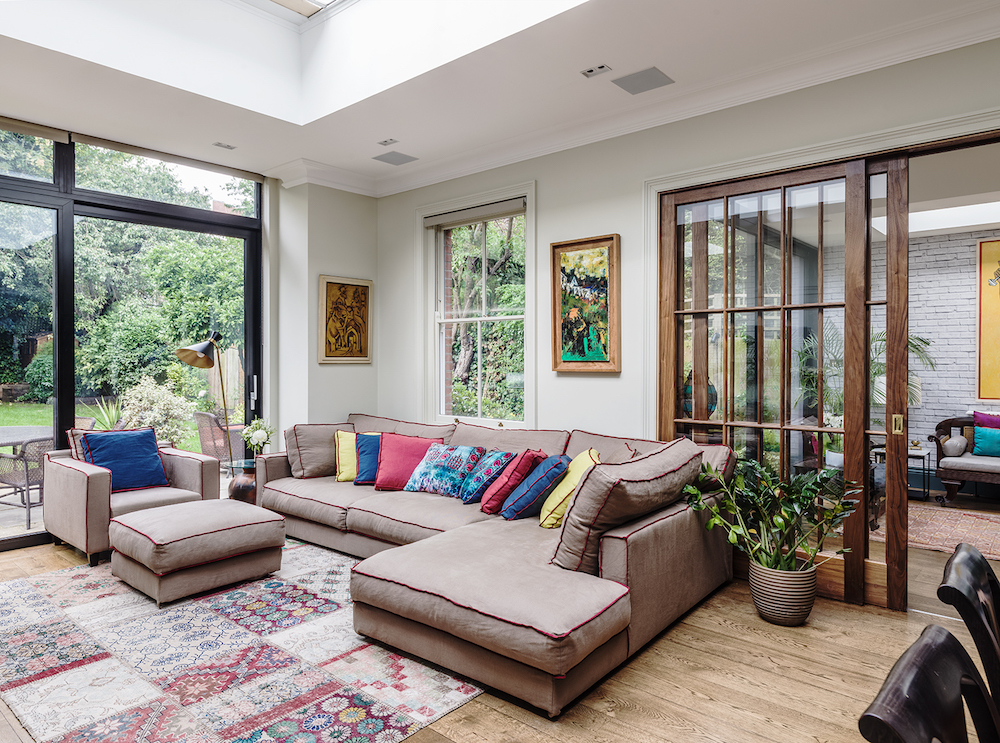
Image credit: Aberdare Gardens/Shalini Misra/Mel Yates
Interior design can improve your health and wellbeing in so many ways. Ensure that the natural light and air flow of the spaces are effective. Create quiet peaceful private zones bringing nature inside. Always draw on natural materials and organise your space efficiently to create a smooth running of the environment. “We will always strive to ensure that our clients enjoy their homes and maximise their wellbeing by looking at the physical, emotional and aesthetic aspects of how the spaces in their homes work,” Misra says. “We will organise the space, in consultation with you, to forge its flawless running, using sustainable, natural materials wherever possible and ensuring an ample flow of air and natural light and also making the most intelligent use of artificial light.”
Colour and mood
- Image credit: New York Project/ Shalini Misra/Mel Yates
- Image credit: Hamilton Terrace/Shalini Misra/Mel Yates
- Image credit: Gilston Road project/Shalini Misra/Mel Yates
The colour of a room can evoke certain emotions. Bold reds and yellows, for example, are known to be energising, stimulating and motivating. In contrast, blue is a soothing colour that calms the mind and promotes intellectual creativity, while green provides balance and harmony. Of course, neutral colours such as whites, greys and taupe, provide calm reassurance and a harmony between wellness and design. Through the use of colour a mood can be created which influences the clients’ emotional wellbeing. By using colour that is appropriate to the main use of each room, we can enhance the purpose of the space.
Making an impression is not only down to the first room you encounter, the whole design needs to have moments of impact whether through art, views through windows and internal spaces, architectural volumes or colour and texture.
Upcycling
- Image credit: Fairfax Road/Shalini Misra/Mel Yates
- Image credit: Gilston Road/Shalini Misra/Mel Yates
With upcycling becoming such an integral part of any project, the studio looks at clients’ existing pieces and sees what can be repurposed, amended or relocated to ensure that no existing piece is wasted. This is an element of the sustainable side to our designs.
Lighting
- Image credit: New York project/Shalini Misra/Mel Yates
- Image credit: Hamilton Terrace/Shalini Misra/Mel Yates
Through the intelligent use of lighting and the latest technology we create flexible moods for lighting, making the spaces versatile as well as beautiful.
Meditation areas

Image credit: Farm House project/Shalini Misra/Mel Yates
Depending on the size of your space, you may wish to dedicate an entire room to meditation. While turning an empty room into a holistic meditation space is certainly a great use of your environment, you don’t have to devote an entire room to wellness. Instead, you can carve out space in an existing room and create a versatile environment that lends itself to tranquillity and calmness.
Ideally, you’ll want to choose a ‘low traffic’ area, that will allow you to meditate undisturbed. This might be a corner of a bedroom or space in a spare room. You can even turn a quiet part of your living area – or lounge – into a holistic meditation space if you wish.
Having a dedicated meditation space can certainly enhance your practice and encourage you to meditate regularly, but you can easily extend the design and style of your meditation space throughout your entire home. By doing so, you’ll create a calming, welcoming and tranquil environment that consistently enhances your well-being and reflects your unique personality.
Main image credit: Shalini Misra/Mel Yates

